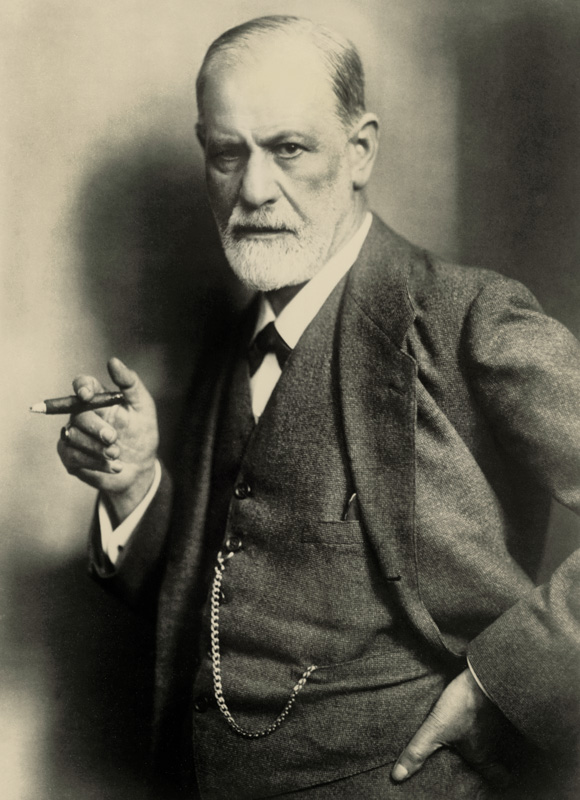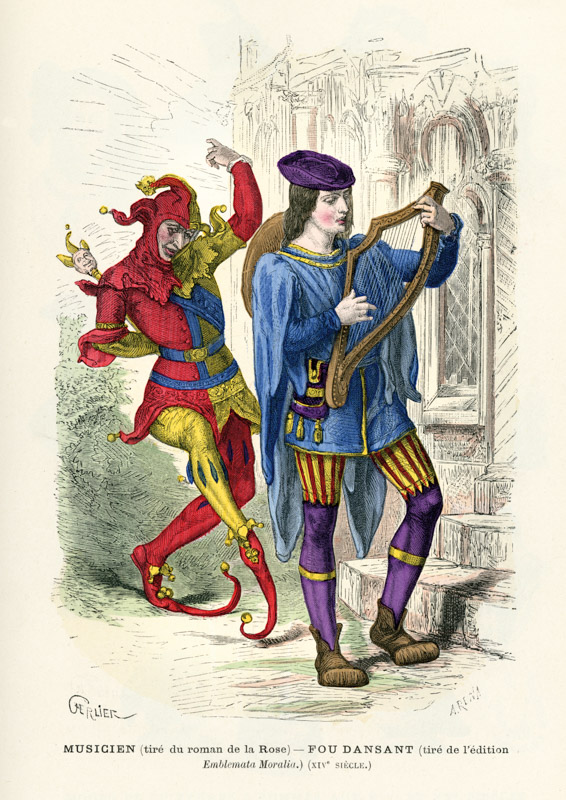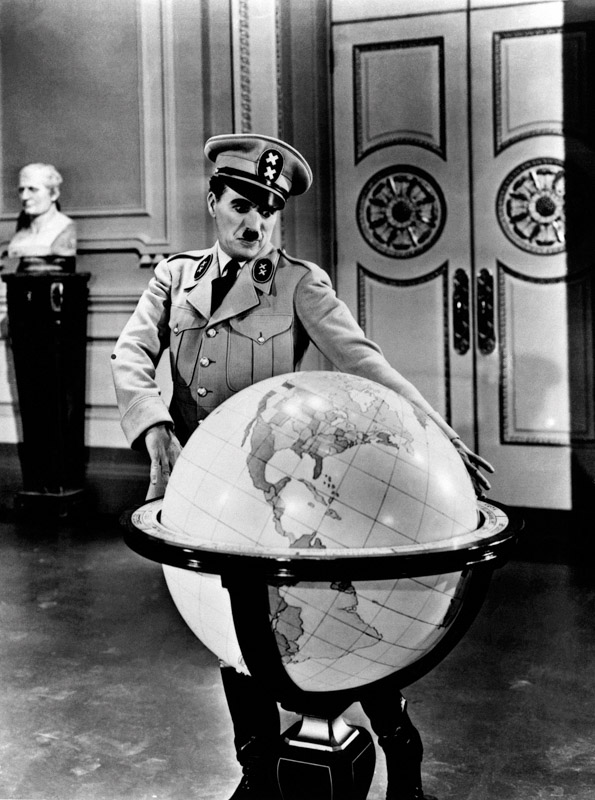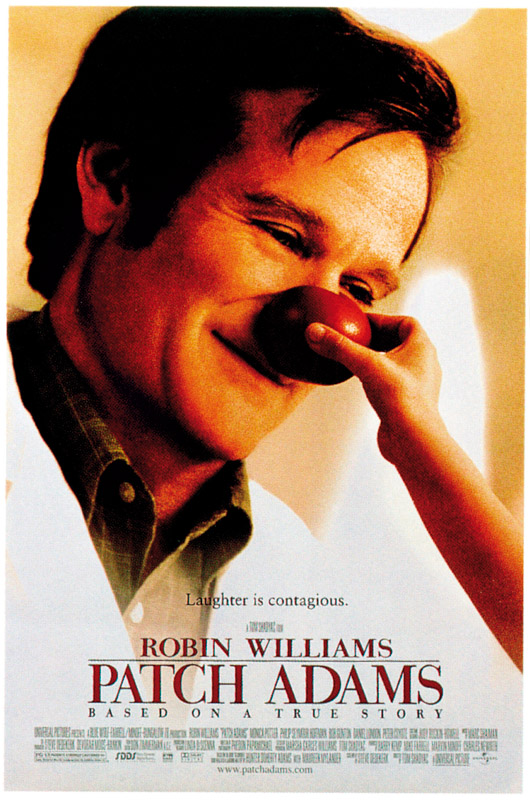
Humour, a serious business
HUMOUR ME
When people reflect on essential life skills, humour invariably emerges as a paramount element, often surpassing intelligence and even physical attraction as a desirable trait in partners, for instance. One of humanity’s most intricate cognitive attributes, humour is universal, spanning cultures, languages and generations. It thrives on the unexpected, revels in the absurd, celebrates the playful and manifests in various forms, from jokes to moments of profound irony. Although humour is closely linked to laughter, the two are not synonymous, as laughter can stem from non-humorous stimuli and humour can be appreciated without the need for laughter.
This pervasive trait influences memory, decision-making and creativity, operating subtly in the grey areas of our emotions. Its boundaries are elusive, like a shifting gradient. Perhaps this is why the language palette is only capable of distinguishing between the “good” and the “bad”. “Good humour” is characterised by well-being, energy, optimism and connection, while “negative humour” manifests as physical fatigue, reduced motivation and irritability. Unlike simple emotions, it is rarely precipitated by a single event, often resulting from the cumulative effect of various factors, such as stress, significant life events, relationship quality, social support, sleeping habits and physical exercise.
In The Humoral Theory, by Hippocrates (460-370 BCE), there were four primary humours in the human body: blood, phlegm, yellow bile, and black bile. Later, they were linked to four correspondent psychological temperaments: sanguine, phlegmatic, choleric and melancholic. When all humours were in balance, physical and psychological well-being were achieved.
The term “humour” has its origins in ancient Greek humoral medicine, attributed to the likes of Hippocrates (460-370 BC), the Father of Medicine. This medical theory posited that the human body contained four primary humours: blood, phlegm, yellow bile and black bile, each associated with a specific bodily centre – blood with the heart, phlegm with the head, yellow bile with the liver and black bile with the spleen. The Humoral Theory was built on the notion that the balance or imbalance of these humours determined one’s state of health or illness. Later, the humours were also used to refer to four individual psychological temperaments: melancholic, sanguine, choleric and phlegmatic. This reflected the belief that physical health and individual personality were interconnected.
What’s So Funny?
Over time, the word “humour” has evolved to encompass the quality of what is funny or comical. In the philosophical quest to define it — traditionally equated with laughter —three main categories of humour theories have emerged: superiority, relief and incongruity. The first hinges on the feeling of superiority over others, sometimes involving ridicule in the face of the misfortune of others. The relief theory of humour, proposed by Sigmund Freud (1856-1939), suggests that humour acts as a release valve for tension or repressed emotions. Finally, the incongruity theory argues that humour arises from the perception of a deviation between the expected and the real, as in the surprise effect of a pun.

The early development of laughter in humans even before speech (the question of whether babies have a sense of humour is an intriguing one) raises questions about the evolutionary role of humour and laughter. Researchers propose that laughter might have evolved as a vital social tool to enhance communication and trust within social groups, contributing to their survival in complex dynamics. The contagious nature of laughter is a remarkable aspect of this phenomenon. When individuals hear someone else laugh, it often triggers their own laughter, setting off a chain reaction of positive emotions and instilling a sense of belonging and even exclusivity within communities. Inside jokes provide a prime example of this, representing a form of shared humour understood exclusively by the members of a particular group.
A Laugh a Day
Laughing, it is well known, is also good for health and well-being. Carlos Vidal, a popular physician and humourist in Portugal, has long been interested in the therapeutic benefits of humour, which in his life “emerged as a way to overcome boredom.” This interest began to take shape in his Master’s thesis: “Negative emotions are very well documented, but positive ones are not. And I wanted to lend credibility to humour from a scientific perspective.” However, studying it is still challenging, right from the start because, even though “we all laugh, we don’t all laugh at the same things or with the same intensity. We need to have the variables well controlled, and it has to be something sustained over time to understand the beneficial effects.”
Laughing helps reduce stress and lower blood pressure and, by promoting vasodilation, it helps maintain healthy blood vessels. Laughter is also believed to be responsible for burning calories, “mimicking physical exercise,” as explained by the specialist in General and Family Medicine. In fact, “laughing about fifty times for a certain period of time is equivalent to 10 minutes on a rowing machine or a 15-minute bike ride.” In diabetes, it contributes to reducing glucose levels. Laughing activates the endocrine system, exercises the respiratory system, stimulates the brain and tears and aids digestion. By releasing endorphins, known as the body’s “natural painkillers,” it further relieves pain. Moreover, in women undergoing in vitro fertilisation, a post-intervention good mood increases the success rate.
Laughter, The Best Medicine?
It comes naturally to Carlos Vidal to use humour in his clinical practice. Nevertheless, he does so with caution, good judgement and consideration for the patient’s circumstances: “It’s excellent for building rapport, but it can also create a divide and disrupt the doctor-patient relationship. Like in a performance, I have to gauge the audience in front of me to establish a connection.” Here, beyond being a method, humour is invariably a prescription: “What we as doctors want is for people to have a better quality of life and lifestyle… going out and interacting with others will lead to lively, cheerful moments. Thus, it’s an indirect prescription.” The clinician compares the sense of well-being that these moments provide to going to the gym: “It’s difficult for them to leave their homes, but once they’re there, the feeling of well-being surpasses the inconvenience of going out and braving the rain. And what happens to our body physically is similar.”
Laughing helps reduce stress and lower blood pressure and, by promoting vasodilation, it helps maintain healthy blood vessels.
Humour is often a powerful tool for breaking the ice between two people at odds with each other. By sharing a laugh, they may be able to see each other from a different perspective – and find common ground. Why? Again, reducing tension helps to build trust. Perhaps these adversaries could feel a sense of complicity in a funny topic.
A person in a good mood who can laugh is naturally more optimistic – and closer to finding a way out of a problematic situation. According to an article in Psychology Today, “optimistic people are better at coping with difficult situations and adversity than pessimistic people”. An excellent reason to follow the lead of Monty Phyton’s “Always look on the bright side of life” – a comic song that has become an anthem for the good things in life.
Here are some humorous curiosities:

Fooling Around
Jesters are enigmatic characters known for their humour and unconventional wisdom whose origins can be traced back to ancient Rome, where comic actors played similar roles. More than just comedians, they served as advisors and critics, using humour to convey their messages. Their unique blend of entertainment and insight made them essential figures in court life, capable of speaking candidly when others could not. Although the role of the court jester waned in Europe in the 16th and 17th centuries, some continued to thrive in less grandiose settings.

Laughing Across Borders
Charlie Chaplin, a pioneer of silent film, masterfully told stories through physical gags, marking him as the father of slapstick comedy. His ability to transcend language barriers earned him global popularity, showcasing the universality of physical humour. Beyond comedy, Chaplin was an outspoken activist, exemplified by his powerful critique of fascism in “The Great Dictator” (1940), urging unity during World War II. His work is a testament to the timeless appeal of humour and his unapologetic political engagement.

The Laughing Philosopher
Turning to Ancient Greece, the philosopher Democritus (460-370 BC), known as the “laughing philosopher,” embodied humour in his disposition and his tendency to find amusement in the foibles of his fellow citizens. He believed that laughter was a valuable response to the absurdities of human behaviour and the quirks of the world.

Clown doctors
The use of humour in medical practice was popularised in the 1990s, following the international success of Patch Adams (1998). Starring Robin Williams, the movie is based on the true story of Hunter Doherty “Patch” Adams, an American doctor who brought about a revolution in hospital care. In 1971, he founded the Gesundheit Institute with a simple yet innovative approach for that time: bringing clowns to hospitals to provide joy and comfort to patients.
No Kidding
Laughter has not always had a positive connotation throughout history. In medieval times, it was often associated with sin or madness. The Puritans, who emerged in the 16th and 17th centuries, held particularly austere views on laughter. They considered it a sign of frivolity and moral laxity.
Standing up for more
The legacy of Ancient Greek comedy and humour can be seen in contemporary comedy traditions, such as stand-up comedy. The use of satire and parody as a way to reflect on society and its idiosyncrasies can be traced back to the comedies of Aristophanes and others, which served as a mirror to society, fostering laughter and intellectual reflection.


